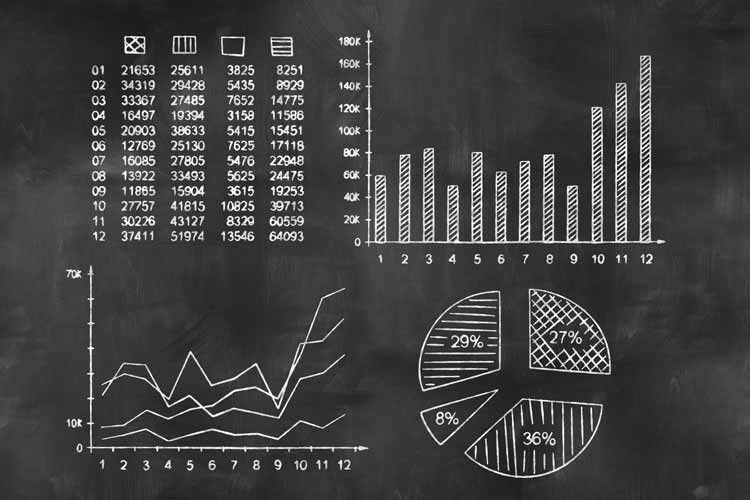
Financial Select Sector SPDR ETF (XLF) calls continue to outweigh puts -- a recent phenomenon
Bank stocks have been among the biggest winners during the post-election Trump rally, amid hopes the president-elect will loosen financial regulations and lower corporate taxes. In fact, since its Nov. 8 close at $19.99, the
Financial Select Sector SPDR ETF (XLF) has surged almost 18%, taking out long-term resistance at the round $20 mark, and hitting a Dec. 8 pre-2008 financial crisis peak of $23.84 in the process. Although the shares of XLF are down 0.2% at $23.53 ahead of this afternoon's policy announcement from the Fed -- with near-unanimous expectations for an interest rate hike -- a short-term breather may have been in the cards. Specifically, XLF's 14-day Relative Strength Index (RSI) closed last night at 74, comfortably in oversold territory.
Nevertheless, the exchange-traded fund (ETF) remains more than 21% higher year-to-date -- and is docked near the top of our internal Sector Scorecard. In fact, per data from Schaeffer's Senior Quantitative Analyst Rocky White, 92% of the 39 stocks we track under the "banking" umbrella are currently north of their 80-day moving average. And while there's plenty of skepticism to be found among individual bank stocks -- which could create tailwinds for the specific equities going forward -- optimism toward the sector (
and stocks in general) has been growing of late.
For starters, fund managers have increased their "overweight" positions on bank stocks to the most on record -- according to
the latest BofA-Merrill Lynch monthly fund manager survey. Additionally, call open interest continues to outweigh put open interest among XLF options, with the former overtaking the latter for the first time in over a year shortly after the U.S. presidential election.
Drilling down on the numbers, 3.1 million calls are currently open on XLF -- just off the 12-month high of 3.3 million XLF calls outstanding tagged just two days ago, and in the 99th percentile of its annual range. By contrast, 2.6 million XLF puts are in open interest, well off the 12-month peak of 3.5 million open puts hit on Sept. 16, although still in the elevated 95th annual percentile.
Echoing this demand for XLF calls over puts is the exchange-traded fund's (ETF) 30-day implied volatility skew of 2.1% -- below 99% of all comparable readings taken in the past year. In fact, this metric hit a 52-week low of 1.8% yesterday. Simply stated, XLF calls have become more expensive than puts. For example, the at-the-money January 2017 23-strike call was last seen asked at $0.83, while its put counterpart was asked at $0.42.
January 2017 calls are among the most popular XLF options, too, accounting for four of the ETF's top five open interest positions. The January 2017 25-strike call holds the top spot, with 371,891 contracts currently outstanding. Rounding out the list are XLF's January 2017 21-, 22-, and 23-strike calls, where a collective 582,776 positions reside.

Let us help you profit from market volatility. Target big gains in short order with a 30-day trial of Schaeffer's Weekly Volatility Trader!